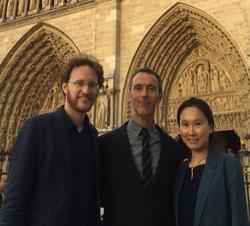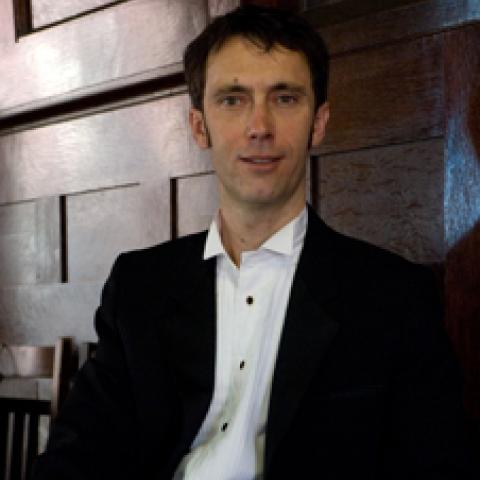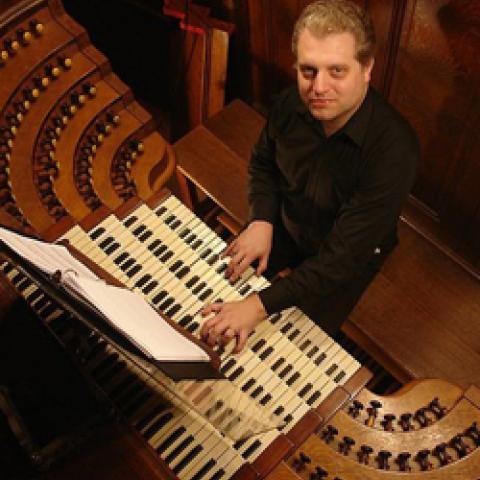
Mark Steinbach performed the world premiere of two new works for organ at Notre Dame Cathedral, Paris, France, in July.
Steinbach, university organist, instrument curator, and newly promoted senior lecturer at Brown University, Providence, Rhode Island, commissioned the works from Brown’s newly appointed composition faculty, Eric Nathan and Wang Lu, both former Guggenheim fellowship winners. Nathan’s Immeasurable and Lu’s Missing Absence are both dedicated to the people of Paris. Steinbach went on to perform the German premiere of the compositions at the Nikolaikirche in Berlin.
The United States premiere takes place October 1 at Brown University.
For information, contact mark_steinbach@brown.edu.
Shown in the photo: Eric Nathan, Mark Steinbach, and Wang Lu (photo credit: Anthony Cheung)




